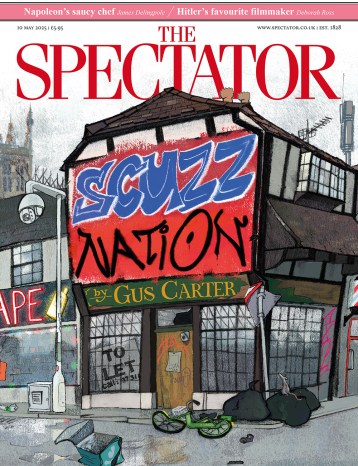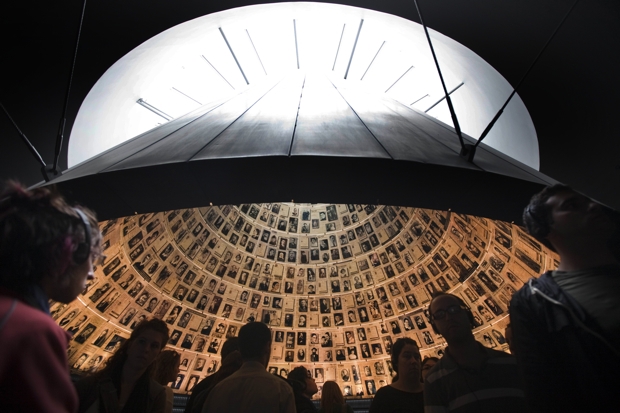Yad Vashem, Israel’s vast Holocaust memorial complex, dominates a hillside above Jerusalem, surrounded by bare rock and pines. Vast though it is, it manages to be both harrowing and restrained; both rooted in the times it commemorates and thoroughly modern — not just in style, but in the way it harnesses the most advanced technology to its cause.

Disagree with half of it, enjoy reading all of it
TRY A MONTH FREE
Our magazine articles are for subscribers only. Try a month of Britain’s best writing, absolutely free.
Already a subscriber? Log in






Comments
Join the debate, free for a month
Be part of the conversation with other Spectator readers by getting your first month free.
UNLOCK ACCESS Try a month freeAlready a subscriber? Log in